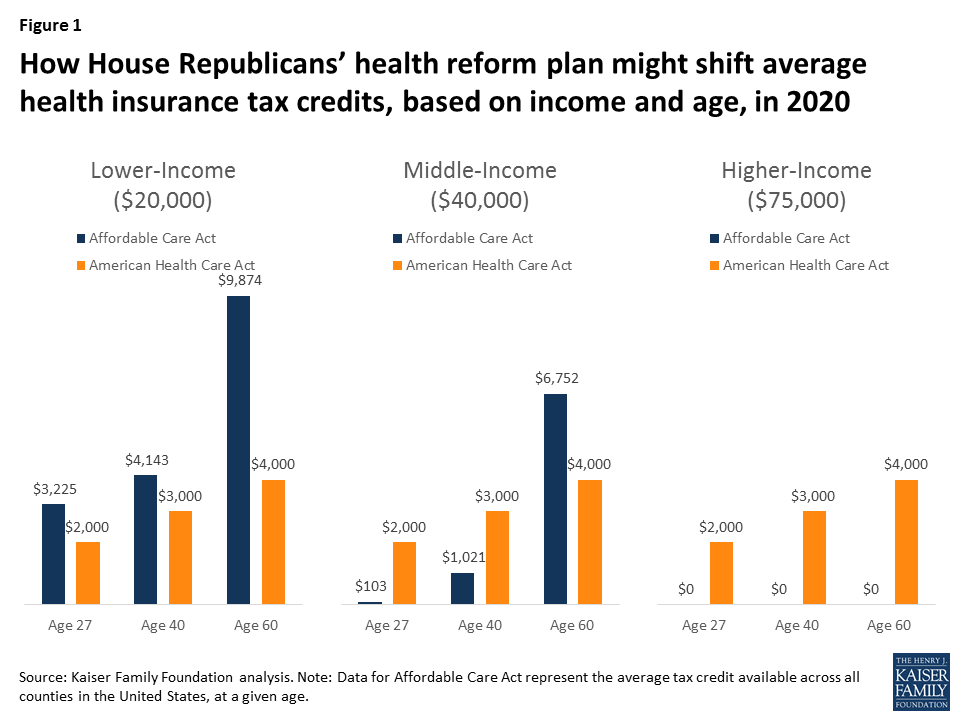

According to the CBO, under the House bill, federal Medicaid spending would fall by $880 billion over the period 2017-2026. Beginning in FY 2020, the House bill would cap federal Medicaid funding per enrollee to achieve federal savings, shifting costs to states (Figure 1).

Because states share the costs of Medicaid, they have strong incentives to run efficient and effective programs, and state cost-cutting measures taken in hard economic times, including reductions in provider payment, have led to lean Medicaid operations. The guarantee of federal Medicaid matching funds with no pre-set limit expands states’ capacity to provide health coverage for their residents and helps them manage increases in Medicaid costs that are fueled by health care cost inflation, the emergence of expensive new treatments and drugs, and the aging of the population. Throughout the Medicaid program’s history, Medicaid costs and risks have been shared by states and the federal government. Without Medicaid, nearly all of them would be uninsured or underinsured for health and long-term care they need. The individuals and families covered by Medicaid lack access to other affordable health insurance because of their low income or health needs. Millions of poor senior citizens and millions of low-income Americans of all ages with physical disabilities, developmental disabilities, chronic conditions, and serious mental illness also rely on Medicaid. Among those served by the program are millions of low-income pregnant women, infants, children, and parents and other adults – most of them in working families. The 74 million individuals covered by the Medicaid program include many of the most vulnerable and disadvantaged people in our society.

The House bill would fundamentally change the federal role in financing care for the poorest people in the nation by capping the federal contribution to Medicaid, resulting in both federal savings and substantial cuts in federal Medicaid support over time. This brief considers five key Medicaid implications of the House bill. By 2026, 14 million fewer people would be covered by Medicaid relative to the number expected under current law and number of uninsured people would increase by 21 million, reaching 52 million in 2026. The reduction in federal Medicaid spending would be used to help finance the tax credits and the federal revenue reductions attributable to repeal of the ACA taxes provided by the House bill. The total reduction in federal spending over the 2017-2026 period includes a reduction of $880 billion in federal spending for Medicaid. The Congressional Budget Office (CBO) estimates that the House bill would reduce federal spending by $1.2 trillion over the period 2017-2026 and reduce the federal deficit by $337 billion. It would also phase out enhanced federal funding for the 11 million adults newly eligible for Medicaid under the ACA Medicaid expansion. The House bill would cap federal funding for the more than 74 million low-income children, adults, seniors, and people with disabilities covered by Medicaid. In fact, the legislation would make changes beyond the ACA, including major changes in the Medicaid program, which provides health coverage for 1 in 5 Americans. On March 9, the House Ways and Means Committee and Energy and Commerce Committee passed the American Health Care Act, the Republican leadership’s plan to repeal and replace the Affordable Care Act (ACA).


 0 kommentar(er)
0 kommentar(er)
